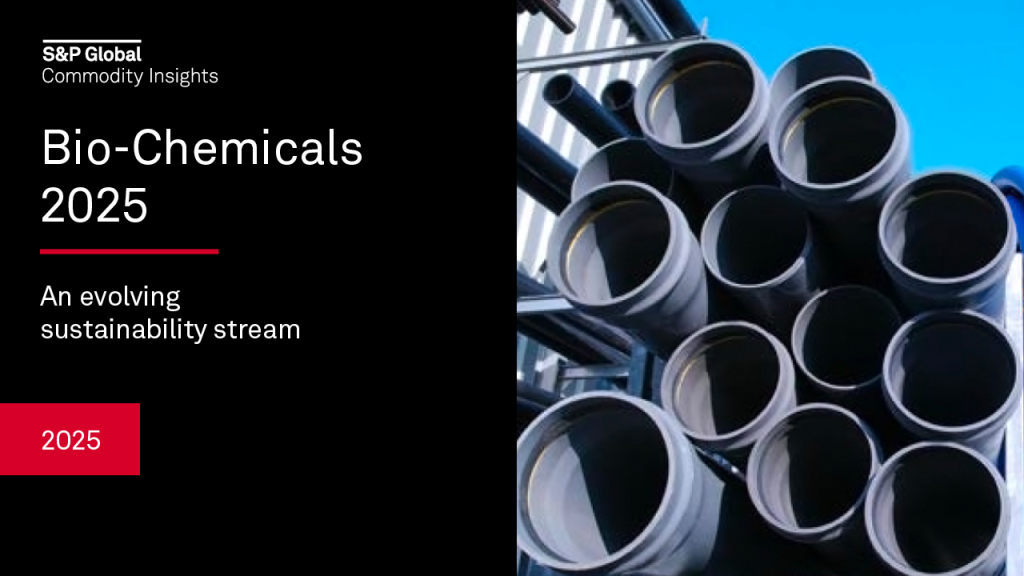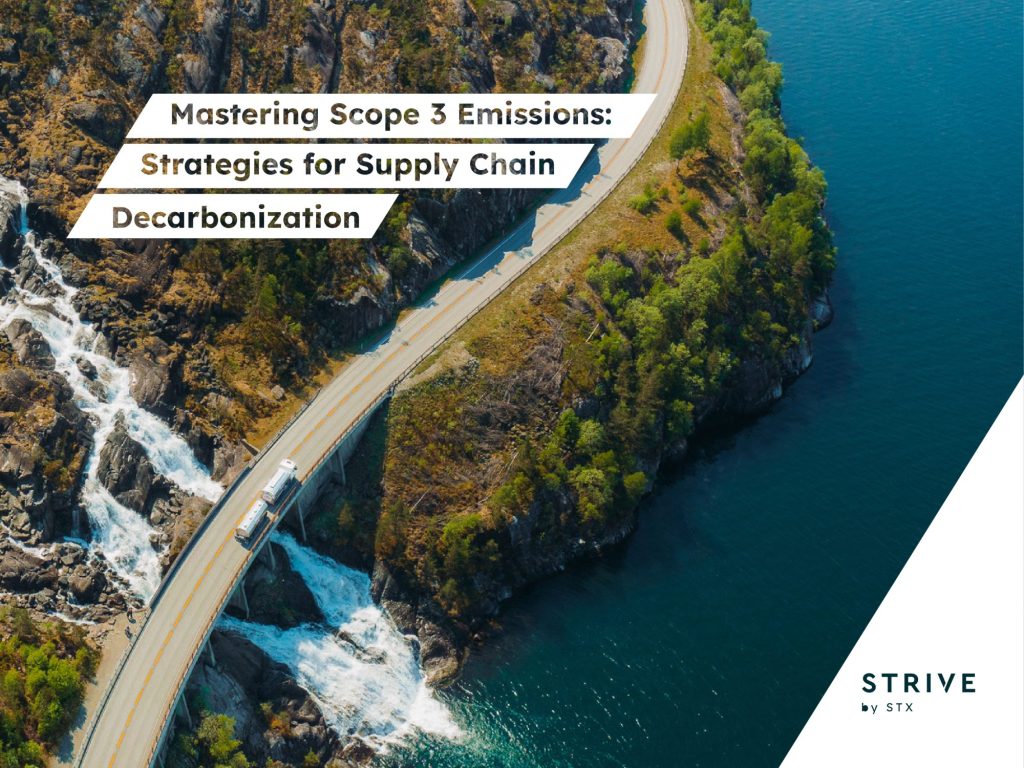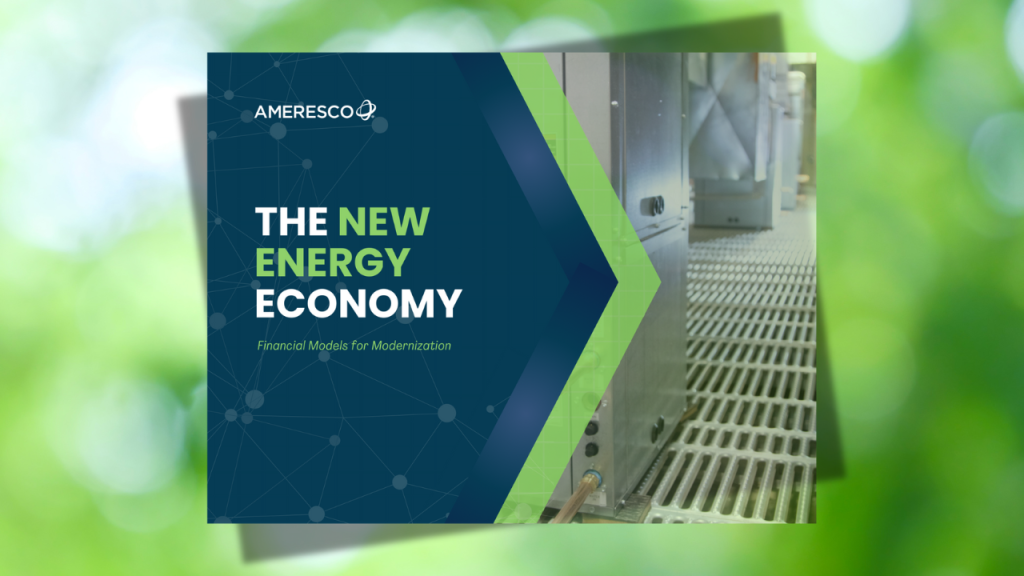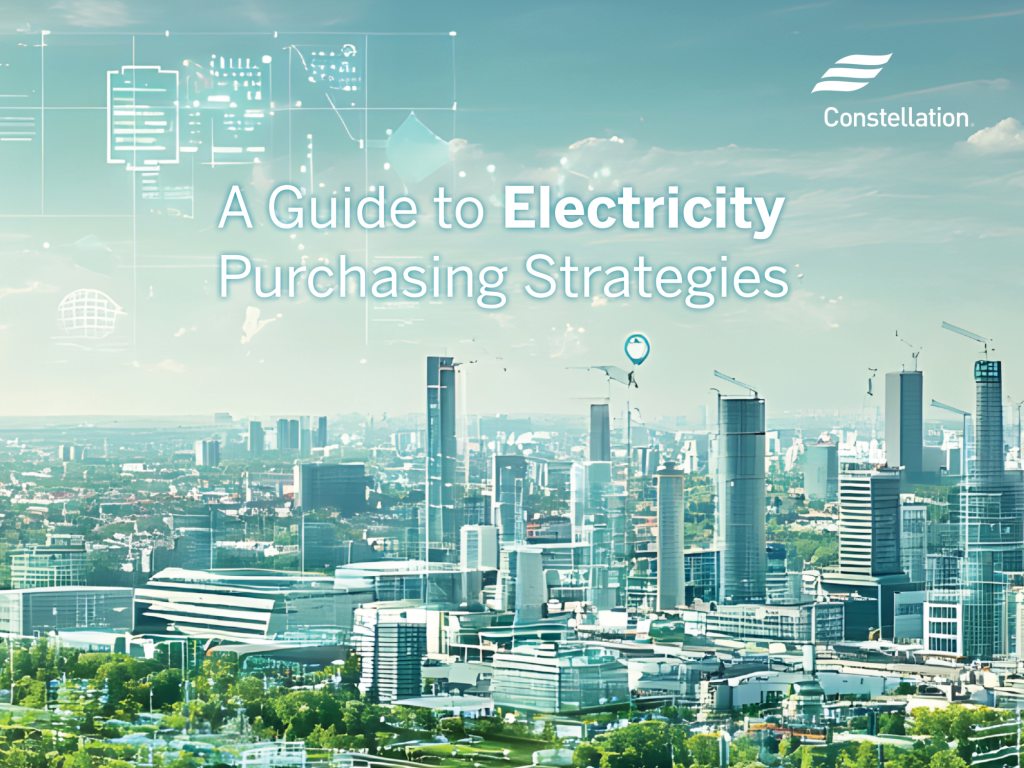Honda circularity center opens in Ohio
The automaker's new hub will find ways to reuse, repurpose or recycle factory tools, parts and packaging. Read More
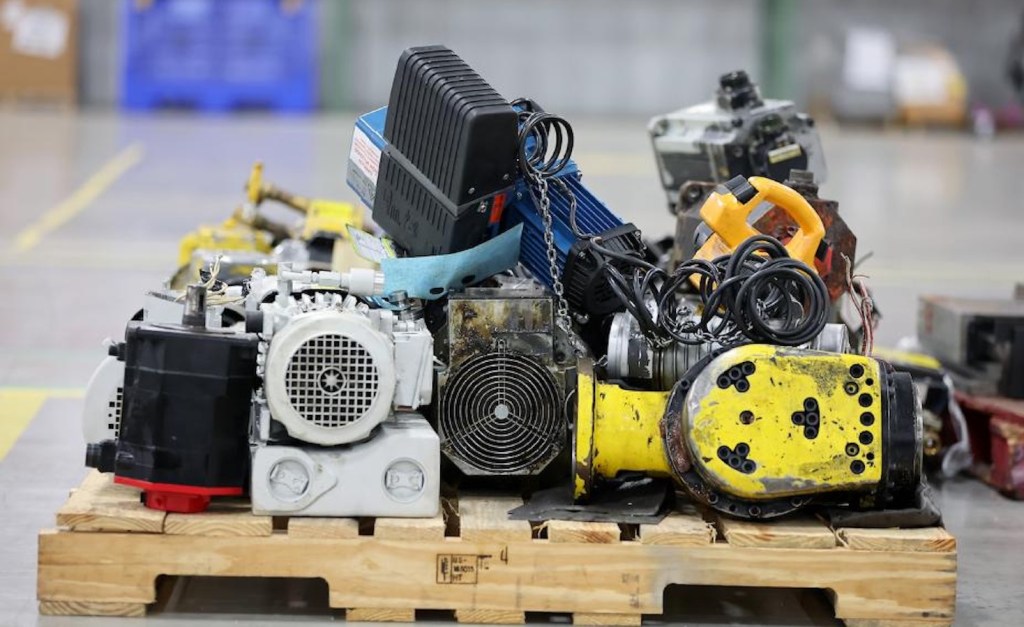
- The facility is thought to be the first dedicated carmaker effort to recycle factory tools, equipment and furniture.
- By reusing steel, aluminum, copper and plastics, Honda aims to cut costs, reduce landfill waste and strengthen domestic supply chains.
- The move, alongside Toyota’s steel recycler acquisition, shows automakers betting on circular supply chains for financial and climate benefits.
Honda has opened a circular economy center in the heart of Ohio to recycle and repurpose auto manufacturing components. Opened Sept. 18, the Resource Circularity Center is located between the company’s Marysville and East Liberty auto plants and is thought to be the first dedicated effort by a carmaker to give a second life to wrenches, robotics and office chairs, as well as car parts and aluminum wheels.
“What really excites me the most is how can we learn and even unlearn things that we typically experience throughout our acquisition process,” said American Honda Director of Procurement Sustainability Matt Daniel. “We’re really trying to treat the waste that we have not so much as an end, but as a resource that we can recirculate and move back into our operations.”
The Midwest operation opens at a time of renewed focus by policymakers and business leaders on strengthening domestic supply chains, especially as tariffs stress the import-export webs of manufacturers. As transportation has electrified in fits and starts, so have hopes for hubs to recycle electric vehicle batteries in North America. Yet other circular strategies are moving forward in automakers’ long-term plans to drive down climate emissions from their extractive supply chains.
“For it to be sustainable, it has to be both financially beneficial and good for the environment,” Daniel said. “What we’ve learned through this whole thing, at least initially, is there’s a lot more opportunity than we realized.” For example, typically Honda paid a third party to take spent electronics, but now it has found potential takers for free.
Is there gold in circular supply chains?
The high value of parts for repairs and remanufacturing has enabled an independent automotive recycling and dismantling industry to thrive for generations, noted Emil Nusbaum, vice president of strategy, government and regulatory affairs at the Automotive Recyclers Association in Washington, D.C. Moving forward, recovering critical minerals from onboard electronics and batteries presents new opportunities and challenges.
“It’s a reflection of a changing environment where there really is an emphasis on sustainability,” Nusbaum said. “It’s great to see that car manufacturers are starting to recognize the value in reusing, repurposing, and remanufacturing parts and equipment in their supply chains. This helps maximize existing resources and reduce waste.”
Honda’s news follows a move by Toyota Group’s procurement and logistics house in July to purchase steel recycler Radius Recycling of Portland, Oregon. Radius has sites for self-service automotive recycling as well as scrap recycling and vehicle shredding.
“Building on our longstanding relationship, this acquisition will help expand our circular economy initiatives, enhance the supply of high-quality recycled resources and deliver better solutions for our customers and our planet,” stated President and CEO Naoyuki Hata of Toyota Tsusho, a subsidiary of Toyota Group, whose targets for carbon neutrality by 2050 are validated by the Science-based Targets initiative (SBTi). Toyota aims to reduce climate emissions by 30 percent across its supply chain, logistics and dealerships.
Driving decarbonization
Honda’s circularity center is not about car-to-car recycling. However, Daniel is studying alignment with the company’s “horizontal” recycling strategy to recover value for new products from end-of-life vehicles. “Whether it’s an industrial motor, or a robot that we’re focused on on the indirect side of a vehicle,” he said, “in many cases we’re talking about the same raw materials, steel, aluminum, through various grades, copper and plastics.”
The work serves Honda’s corporate strategy of carbon neutrality by 2050. (Honda submitted a net zero target several years ago under an earlier framework of the SBTi.) By that year, the brand also hopes to reach zero industrial waste and purchase 100 percent materials that are either “recycled, reused or otherwise lower-impact.”
The plan’s two phases include acquiring “pioneering capabilities” and preparing circular business models, products and innovations into the early 2030s. That would lay the groundwork for Phase 2, a business transformation.
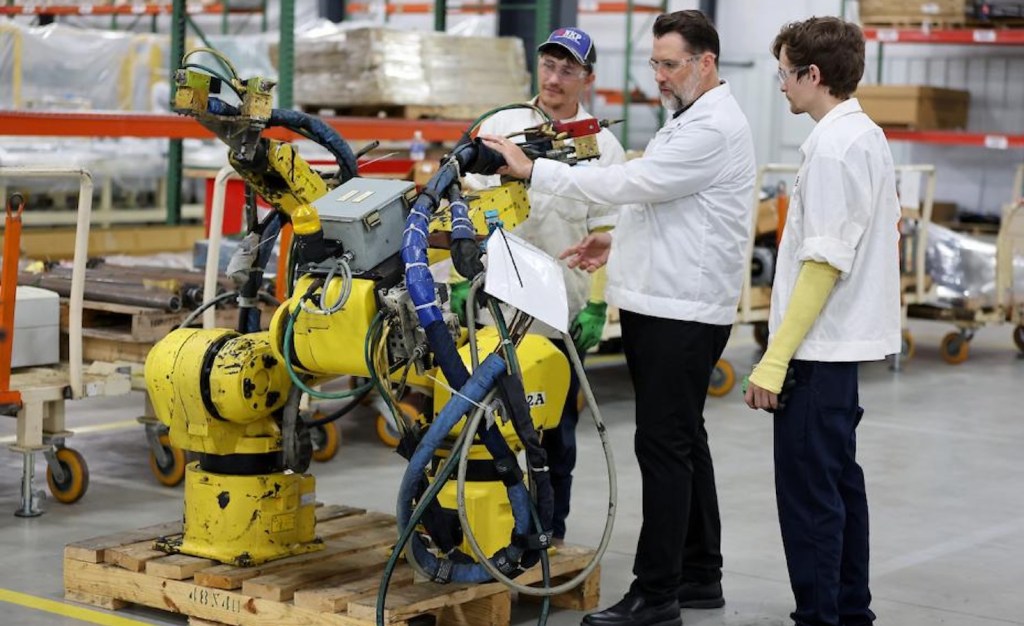
Evolving circular procurement
American Honda CEO Noriya Kaihara two years ago asked Daniel to lead the creation of a resource-circulation “roadmap” for indirect goods.
“He grabbed a table and a chair in a conference room out in California, and he said, ‘For things like this,’” Daniel said. “And that was basically all I had to work with. I said, ‘Well, that’s great. I’ve got two questions: One, what is resource circulation? And two, why me? I’m a procurement guy and spent my whole career acquiring things, and now you want me to figure out how to get rid of things.’”
That led Daniel and a handful of others to create the circularity center. They prioritized recovering steel, aluminum, copper; equipment and spare parts that service it, as well as parts within its dealer network.
As items arrived in cardboard, polystyrene or plastic bags, the group explored creative and potentially profitable reuses for packaging, too.
More than a century ago, Ford fashioned charcoal from sawmill waste leftover from the hardwood that made up Model Ts. That later spawned the Kingsford brand. “That mindset is what we’re trying to replicate within our circularity center,” Daniel said.
Honda’s center shares elements of municipal sorting plants for curbside-collected bottles and cans. “It’s a little bit cleaner, though,” Daniel said. Nearby logistics company NK Parts handles and sorts materials. An AI tool scrapes data from supplier websites to speed up identification.
If there’s no internal purpose for waste that reaches end-of-use at Honda facilities, Daniel’s team turns to partners, potentially including eBay. The center will also dismantle and recycle service parts from Honda dealerships around the country.
Another Honda project has investigated turning scrap leather from a seating factory in Mexico into new items, such as luggage tags. Other circularity efforts involve chemical sorting, nylon recycling, closed-loop plastics and rare earth reuse technologies.
Daniel believes the resource center’s benefits can apply to other industrial goods businesses facing tremendous cost pressures. There’s always more room to shave waste from a supply chain, he said. “Looking across the company for those opportunities to consolidate and have a set strategy is really going to pay dividends in the long run.”

